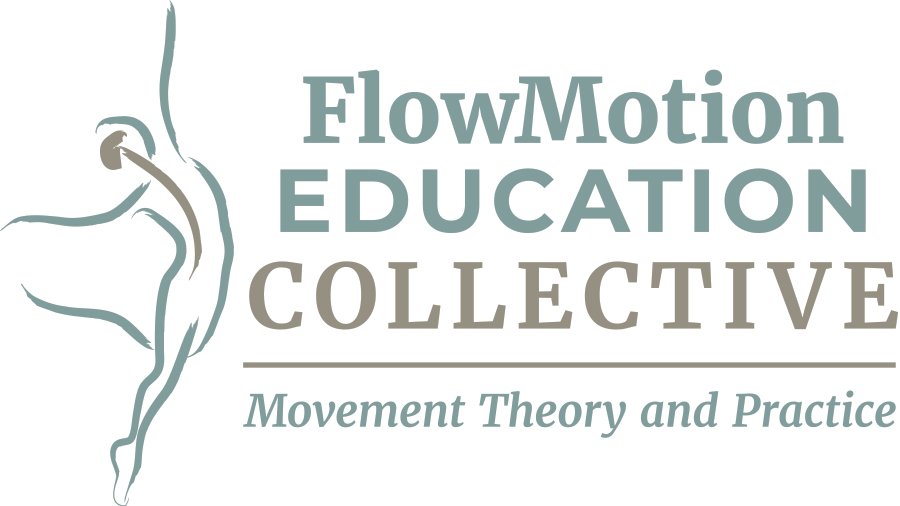The essence of how I teach…
NOTE: this applies to both group offerings and one-on-one work with private clients.
Will my teaching style work for you?
The word “education” is very intentionally part of my business name. In my decades of experience, the students who truly want to understand their moving bodies make the most progress toward their aim, be it pain resolution, preventive maintenance, or performance improvement.
My ideal student is curious. My ideal student wants to understand what is going on under the covers. When I pull out a skeletal model and relate a moving joint on the skeleton to their own moving joint, they engage: “Oh, so that’s what’s happening in my shoulder joint and spine when I reach for a glass on the top shelf…I can picture that now!” Many people simply want someone to tell them “what” to do, and “how” to do it. My ideal student wants to understand the “why.”
If this is you…
This knowledge empowers you to troubleshoot and problem solve. In the spirit of “give a person a fish and they eat fish for a day, teach a person to fish and they eat fish for a lifetime,” I want to teach you how to fish — i.e. take care of your own body. In short, the focus of my practice is self-care via conceptual understanding and mindful exercises — or as I like to call them: “movement solutions.” In essence, we will build an owner’s manual for your moving body. NOTE: this in no way precludes working with a professional for guidance; if you choose to do so, you will be an informed consumer of healthcare.
Self-care is a skill! Like all skill acquisition (e.g. playing an instrument, learning a new language, etc.), it requires knowledge and practice. It does not happen magically just by being in a room with a teacher/practitioner.
“The single most effective pain reliever is self-efficacy (the sense that one can manage and that everything will be alright)” Factors Associated with Greater Pain Intensity Menendez, Mariano E; Ring, DavidPMID: 26611386 DOI:10.1016/j.hcl.2015.08.004
So, how does this knowledge and skill acquisition occur?
You start by conceptualizing a movement via learning the actual biomechanics of the involved joints: build the movement in your mind. Then you practice/experience the movement with a clear conceptual picture: build the movement in your body. The experience of the movement enhances the conceptual understanding. The better the conceptual understanding, the better the troubleshooting/exploration, which in turn leads to a better ability to experience the movement. I call this a “round trip learning process.”

